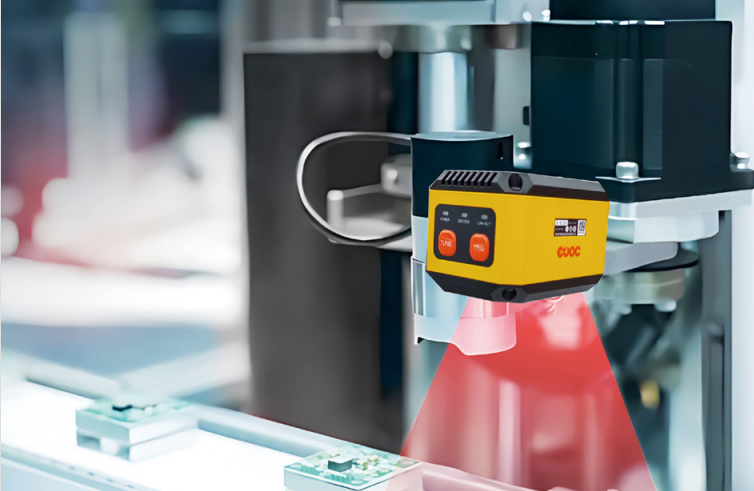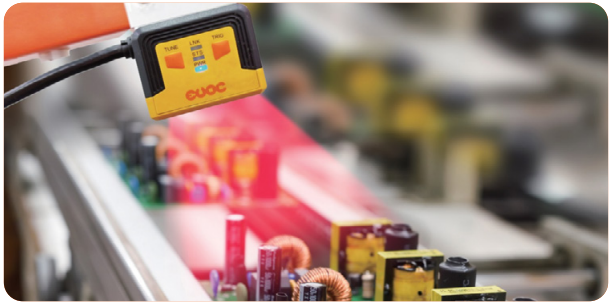Depending on different battery application requirements, the structural forms of finished batteries also vary. Currently, there are two main manufacturing processes for power lithium-ion battery cells: winding and stacking. The corresponding battery structures are primarily cylindrical, prismatic, and pouch types. Cylindrical and prismatic batteries are mainly produced using the winding process, while pouch batteries primarily adopt the stacking process. After undergoing the encapsulation and formation processes, a basic battery is completed. Subsequently, large quantities of finished batteries will be coded and then scanned for traceability.
Achieve mass barcode reading and traceability requirements
 Barcode Reading Challenges:
Barcode Reading Challenges:
1. Inconsistent code marking quality: Reflective and blurred conditions exist on the surface of aluminum-plastic film materials.
2. Low contrast issues occur with laser engraving marking.

Solution Advantages:
1.The R-3000 series code reader utilizes image-based code reading technology, equipped with a megapixel sensor and high-performance processing chip, along with built-in LED lighting, delivering exceptionally robust barcode decoding capabilities.
2.Capable of recognizing a range of challenging barcodes including soiled, reflective, distorted, wrinkled, and poorly printed codes, with no difficulty in high-speed dynamic decoding.
3.Integrated with deep learning AI algorithms, it continuously accumulates code reading data, becoming increasingly proficient with use!
Solution Performance:
1.High Accuracy (Due to issues such as glare and scratches on lithium battery surfaces, traditional barcode/QR code reading devices struggle to achieve accurate reads. Industrial code readers, with their powerful recognition capabilities, effectively address this challenge. Even with surface reflections or scratches, industrial readers can precisely decode QR code information.)
2.Cost Reduction (Traditional commercial barcode scanners often require complex calibration and maintenance, incurring significant upkeep costs. Industrial-grade readers provide superior stability and reliability through modular designs that eliminate frequent recalibration, thereby reducing maintenance expenses.)
